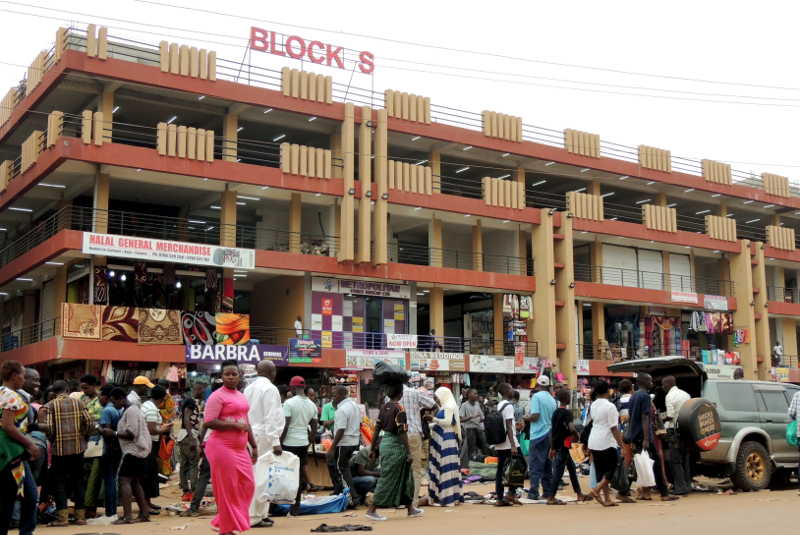Business
Ham grounds transforms downtown Kampala
“It felt like a dream the last time I visited Kampala’s down town after more than six months of being there,” said Hajat Rehema Nakayiwa, a resident of Namasuba village following a recent visit to the environs of the former Nakivubo War Memorial Stadium.
“In fact, I first thought I had disembarked at the wrong side of town, until a fellow pedestrian intimated that I was still on the way to my planned destination of Kisenyi bus park , except that the glitter of the newly erected Ham Shopping complex had made this part of Kampala drastically and pleasantly different,” she continued.
To many Ugandans who once knew the old ramshackle Park Yard market an annex of Owino, Nakayiwa may be excused for being mesmerized by rapid changes which saw the meteoric erection of the magnificent complex which many Kampalans agree has transformed the face of Kampala’s down town.
The transformation is one from the wooden structures of the Park yard market for example, covered with tarpaulin and papyrus carpets into a modern structure that has given this part of the capital a new look.
Isabella Namuli who works at Ssekaziga house just opposite the new complex is one of those who are happy with the development.
“Much as there were wrangles in which some traders’ interests were hurt at the start of the project, it is also true that the completion of the new building has dramatically changed the entire environment and has upgraded it into one much better to work in,” Namuli says.
Namuli’s views are shared by Samuel Kaka, one of the vendors in the former Park yard market whose stall was on top of the water channel near St. Balikuddembe monument.
Recalling how he used to put up with the stench that used to come from the filthy waters of the channel near St. Balikuddembe Monument during the rainy season, Kaka who is now renting a shop No. H23 on the ground floor of Block H in the new complex told this reporter that the multi-billion project was spot on.
“We might not be getting the same profit margin off our sales as we used to do in the old market. But the working conditions the new building has brought can not be compared to the one in the old market,” Kaka said adding that the change comes as a relief to both the vendors and their clients whom he says used to wade through filth each time it rained if they had to access their stalls.
“I know some customers who used to complain of the terrible stench which used to arise from the water channel and floated several meters across the former market’s stall but we could do nothing about it,” he recalls
But like several vendors, Kaka recalls with a sense of trepidation that the new structure rose from ashes.
Noting that a smaller number of survivors (from the Parkyard) of approximately 35% have made it to the new market is a testimony that it was a struggle for the fittest that saw just the few hardened ones survive.
“One needed to have both the money and the determination to be where we are now. That is why you can’t find a big number of our colleague’s (in reference to those who used to work in the Park yard) within the walls of this new market,” Kaka noted.
Mubarak Kamulegeya is one of those vendors who were forced to find space elsewhere after failing to raise the required rent and the capital to effectively operate in the new market.
He told The Sunrise that he is now employed by his brother sells suit cases at Ssekaziga House opposite Ham shopping grounds.
“Am lucky that my brother had a fairly large shop here and he agreed to employ me because I had lost my entire stock on the day bulldozers razed our structures to give way for the new market. But I also know many vendors who were forced to return to their villages simply because they were stuck in debts while others had lost their stock,” Kamulegeya says
Indeed rent remains the biggest obstacle a number of potential traders.
“If I sold Ushs 100,000 during the Park yard days for example, I would be sure to save at least Ushs 70,000 minus all the expenses. Because of the high cost of rent (at Ham, I would only be able to save just about Ushs 30,000,” said another vendor dealing in Chinese-imported garments.
Rent for shops and lockups in the Ham shopping complex averages about UGX2.5 million compared to Ushs 600,000 in former Parkyard.
Comments























